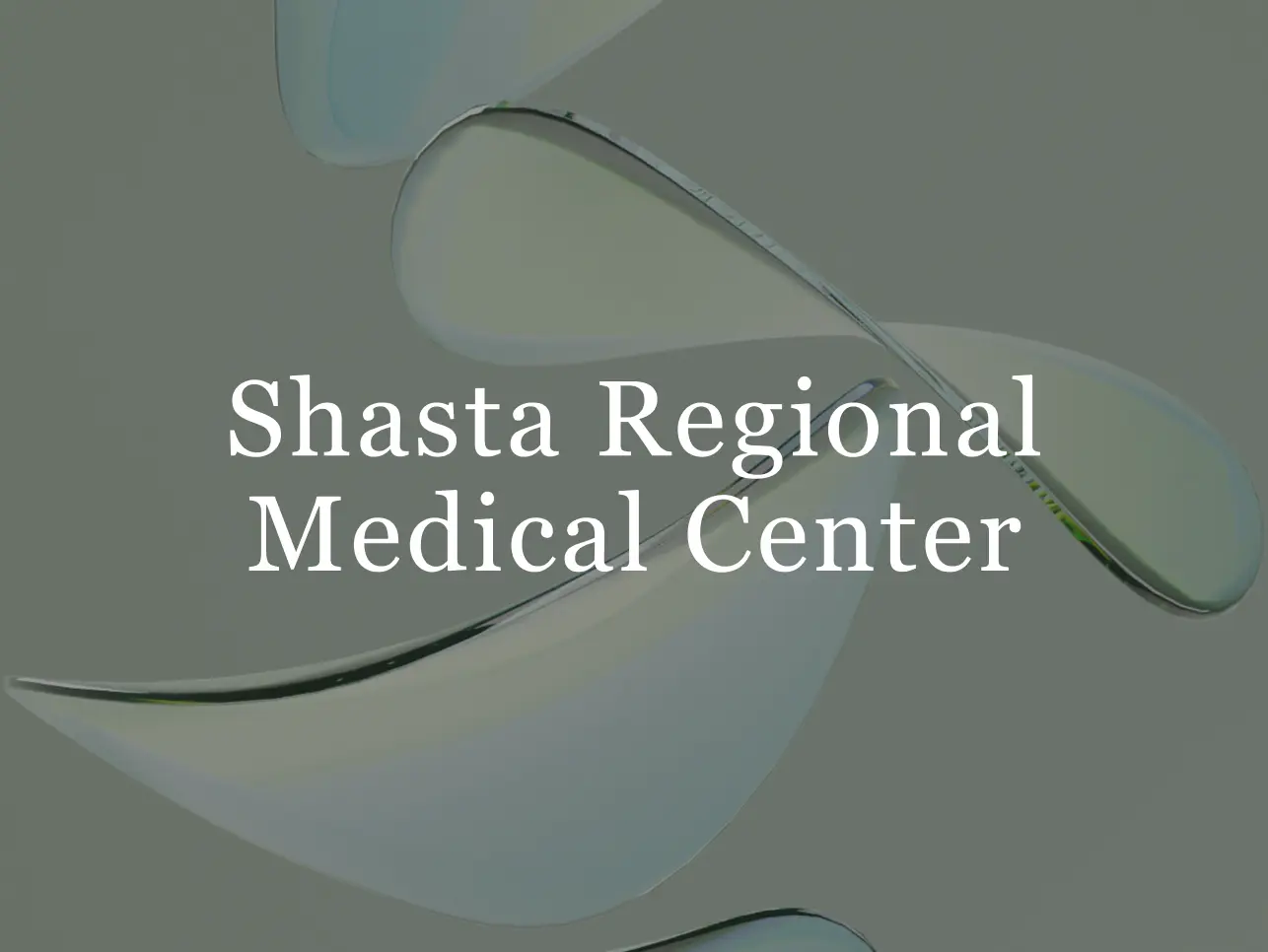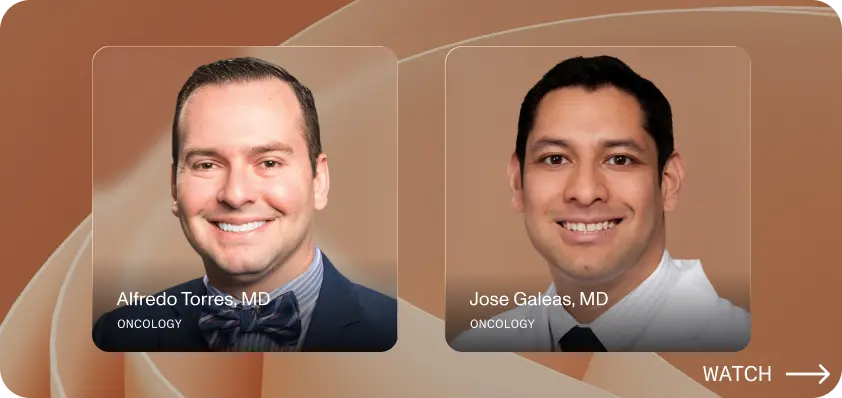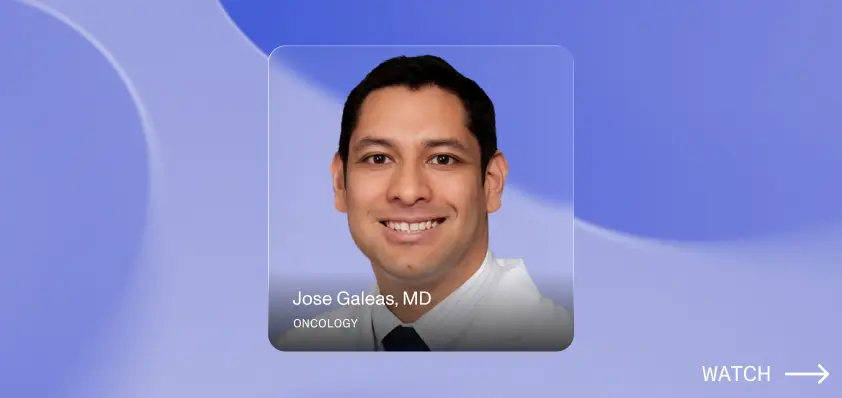Dr. Chandramouli reduces note-taking by 83% with DeepScribe, saving over 2.75 hr/day.
“With the other tools we tried out, I still found myself summarizing sessions or dictating notes. DeepScribe was the only tool with which I could truly entrust the entire note-taking process and focus solely on the care of my patients. Bringing DeepScribe into my practice was an easy decision.”


While operating a small private medical practice comes with many challenges, none are as burdensome and time-consuming as the task of documentation. In fact, recent studies suggest physicians spend almost half of their day charting patient notes. For Dr. BV Chandramouli, MD, this has translated to over 3 additional hours of meticulous note-taking a day, following a full schedule of patient visits.
Hoping to reduce his workload, Dr Chandramouli turned to what has become the industry’s standard resolution for documentation overload - a medical scribe. Yet, the expense of an additional hire eventually required Dr. Chandramouli to increase his patient volume in order to justify the cost. As a result, he saw little improvement in his workload and continued to log work hours late into the night. “I was digging myself deeper into this hole of insurmountable work - creating more work for myself and my scribe just to keep costs down...It just didn’t make sense for my business. I needed to find a more cost-effective solution that could deliver the same results as my scribe.”
Dr. Chandramouli found this solution in DeepScribe. After evaluating a number of tools on the market, including dictation softwares, transcription services, and virtual scribe technologies, he chose DeepScribe because it most closely emulated the experience of having a medical scribe in the room with him at a much more affordable price point than traditional scribe and virtual scribe services. “With the other
tools we tried out, I still found myself summarizing sessions or dictating notes. DeepScribe was the only tool with which I could truly entrust the entire note-taking process and focus solely on the care of my
patients. Bringing DeepScribe into my practice was an easy decision.”
Today, Dr. Chandramouli uses DeepScribe to completely offload the manual task of medical note-taking, at a fraction of the cost of a scribe. He saves an average of 2.75 hours a day on documentation, reducing note-taking time during clinical hours by 25% and after clinical hours by 83%. With extra time back in his day, he has added an appointment slot to his daily schedule, bringing in over $700 in additional revenue each week
while reducing his overall work time. Fewer hours and less administrative work means more time at home with family and restoring the joy of care in his practice!
text
Related Stories
Realize the full potential of Healthcare AI with DeepScribe
Explore how DeepScribe’s customizable ambient AI platform can help you save time, improve patient care, and maximize revenue.




